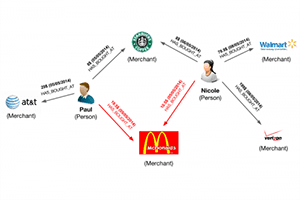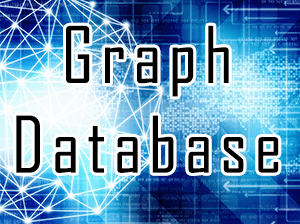Graph databases refers to a category of NoSQL databases that represent data whose relations are well represented as a set of nodes. These nodes have an undetermined number of connections and are evaluated through computer algorithms.
Good graph database use cases include:
- Social relationships (nodes are people)
- Public transport links (nodes can be bus or train stations)
- Roadmaps (nodes are street intersections or highway intersections)
- Anything requiring traversing a graph to find the shortest routes, nearest neighbors, etc.)
Other Definitions of Graph Databases Include:
- “A set of nodes, edges, and properties to represent and store data. The relationships between data points often matter more than the individual points themselves.” (Donna Burbank)
- “A property graph consisting of nodes and relationships between the nodes, with attributes called properties.” (Akshay Pore)
- “A database designed to treat the relationships between data as a first-class citizen in the Data Model.” (Neo4j)
- “A graph data model consists of vertices that represent the entities in a domain, and edges that represent the relationships between these entities.” (InfoWorld)

Image credit: Neo4j
Businesses Use Graph Databases to:
- Handle applications requiring traversal between data points
- Store properties of each data point as well as relationships between them
- Ask complex queries to determine relationships between data points
- Detect patterns between data points
Image used under license from Shutterstock.com
